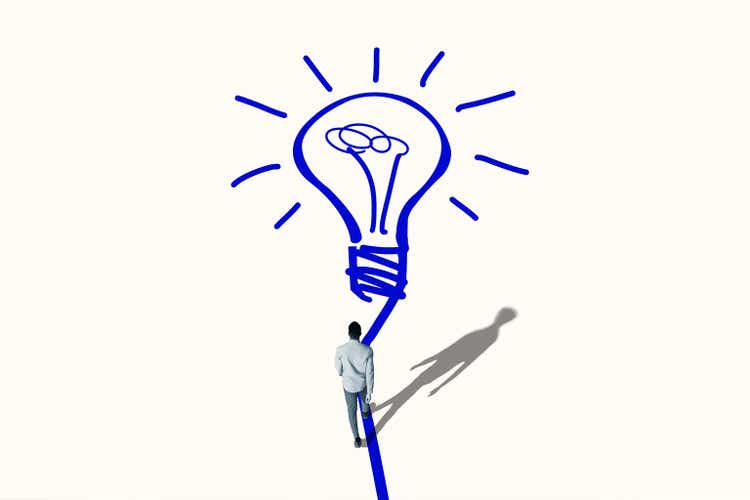
ROCHESTER — As health care institutions across the state and country experience staff shortages, efforts to retain staff have become more prominent. Nurses, who provide much of the hands-on care for patients, are one group that is widely needed. "That work is important, it is valued, but it can also be very difficult and it can just be very emotional," said Sara Ayres, Olmsted Medical Center Hospital's director of inpatient nursing and surgical services.
"It's a hard role to do everything perfectly 100% of the time." ADVERTISEMENT Nurses, like other health care workers, can experience second victim syndrome, a term for the negative impacts on that person after being close to a patient injury, medical error or other adverse experience. Second victim syndrome experiences can contribute to burnout.

One tool to combat second victim syndrome was developed at Mayo Clinic Hospital just a few years ago. Called BONE Break, the tool is designed to guide conversations between nurses and nurse managers right after an adverse event, such as dealing with a violent patient or responding to a cardiac arrest. Nurses and researchers tested the tool in the 24-bed orthopedic trauma unit where it was designed, and their findings were published in The Joint Commission Journal on Quality and Patient Safety in September 2024.
Mayo Clinic did not respond to the Post Bulletin's request for an interview. "Many of the nurses on this unit were young and at the beginning of their careers," the study says. "Unit leadership started to notice that adverse patient events were having a strong effect on these nurses.
" The onset of the COVID-19 pandemic increased those nurses' stress, leading managers to look for a tool that could help. They ended up making their own. Ayres was a nurse manager on the Mayo Clinic orthopedic trauma unit when the BONE Break tool was developed and tested.
ADVERTISEMENT "Developing this tool really allowed for psychological safety between those new (nurse) graduates, the charge nurses, any clinicians that were on that day," said Ayres, a study co-author. BONE stands for Buoy/Break, Open-Up, Needs and Exit/Evaluate. The first step, B, involves a short, silent pause for reflection after the event.
"Peers offered support using phrases such as 'I cannot imagine what that must have been like for you. Can we talk about it?'" the study says. Then, the nurses are invited to open up about what just happened.
Next, they check in on each others' needs: "What do you need right now to be able to successfully return to work?" is the question offered in the study. As the last step, the nurses talk about the effectiveness of the debriefing — "Was this helpful?" From July 2021 to March 2022, the BONE Break tool was used after 43 of the 46 recorded adverse events. Charge nurses led the sessions and collected the data from them.
Most sessions were shorter than 10 minutes, but "the majority of the BONE Break sessions ...
were considered helpful," the study found. BONE Break is still in use on that unit and in a few others around the hospital, according to the study. "Our goal is to implement BONE Break in more units and disseminate it widely as an easy-to-implement tool that supports the psychological safety of all health care workers," the authors wrote.
ADVERTISEMENT The BONE Break tool shares some similarities with TeamSTEPPS, a debriefing process used in OMC Hospital's BirthCenter after every delivery. Lisanne Shumway, nurse manager for the BirthCenter, lactation services and perinatal education at OMC, said labor and delivery staff began utilizing TeamSTEPPS after turnover during the height of COVID-19 brought a lot of new nurses into the unit. "When we're in critical care, fast-paced, very high-stakes, that fear and burnout and confidence .
.. can be pretty fragile," Shumway said.
"We want to protect them and support them through that growth." Team Strategies and Tools to Enhance Performance and Patient Safety, a program developed by a U.S.
federal agency, contains multiple tools and approaches for support, communication and team leadership for health care providers. Shumway said she learned about TeamSTEPPS in nursing school — but it's one thing to learn about a tool, and another to actually use and integrate it into a unit. "(It's) not only supporting our staff, but building trust in our health care team," Shumway said.
"That's one of the most important things for patient safety." Shumway said her team follows the SBAR framework for discussing how a birth went clinically: situation, patient background, assessment, recommendations. These debriefing conversations include nurses, the OB-GYN or midwife and other staff who were involved in the patient's care.
ADVERTISEMENT A benefit from these conversations, especially for newer nurses, is validating thoughts and gut feelings they had in the moment, Shumway said. "Creating a safe space and opportunity soon after to kind of then say, 'Yes, I was thinking that,'" Shumway said. "There's just a huge validation in not just your emotional experience, but also your clinical judgment, and that you're not alone in this.
" The goal now is to possibly incorporate parts of BONE Break or other tools to address the emotional side of debriefing an event. "They go through the situations," Ayres said of TeamSTEPPS and SBAR, "but it doesn't maybe get to the heart of what individuals may struggle with when they go home or even later on in their shift. Lisanne is really our front-runner at Olmsted Medical Center for implementing a tool .
.. which is similar to BONE Break.
" For now, the investment into using TeamSTEPPS is paying off for OMC — Shumway said she has no open positions for labor and delivery nurses. "That, to me, is extremely impactful information," Ayres said..















